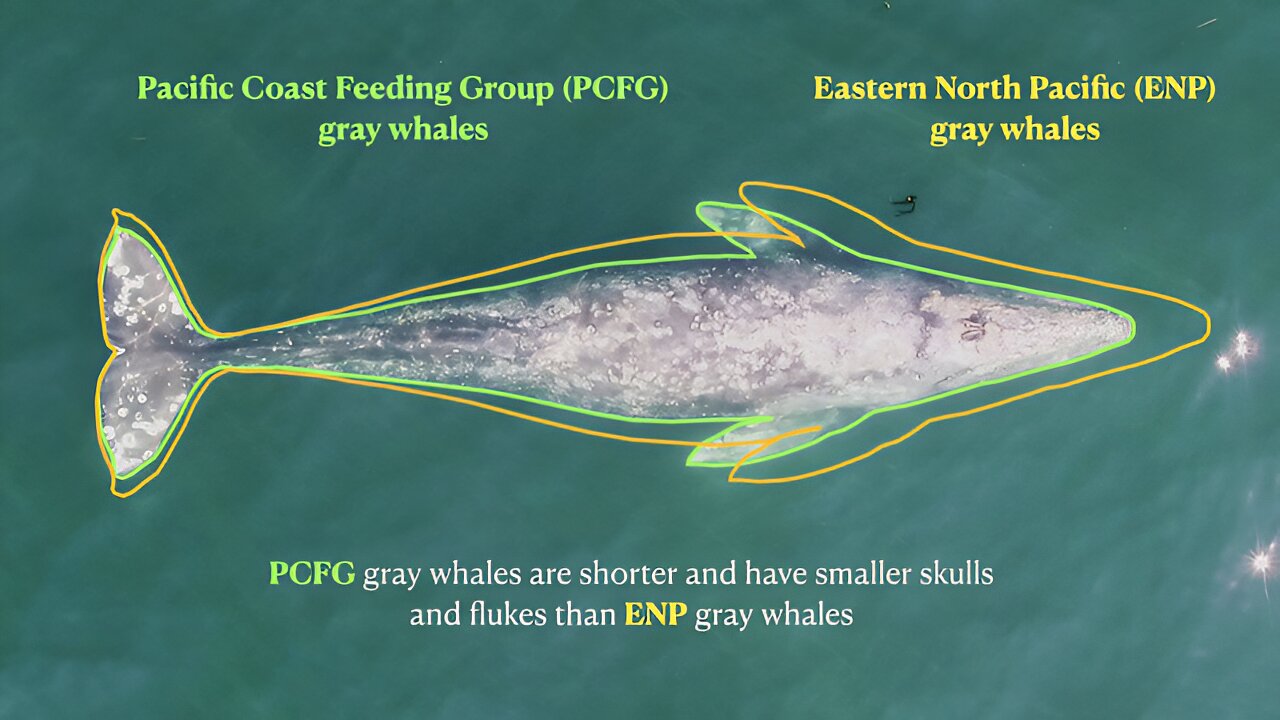Did you know that gray whales off the coast of Oregon are shorter than their counterparts in the Arctic? That’s what new research from Oregon State University’s Marine Mammal Institute has found.
Both male and female gray whales in the Pacific Coast Feeding Group are smaller than those in the larger group of Eastern North Pacific whales. The females are about 3 feet (1 meter) shorter, and the males are half a meter shorter, according to the study’s lead author, K.C. Bierlich.
But that’s not all. The Pacific Coast Feeding Group whales also have slightly smaller skulls and flukes. This surprising finding raises new questions about their health, behavior, and management, says study co-author Leigh Torres.
The research, published in the journal Biology Letters, highlights the unique ecology of the Pacific Coast Feeding Group. While most gray whales migrate to Mexico and the Bering and Chukchi seas, these whales spend their summers feeding in coastal waters of Oregon, California, Washington, and Canada.
Since 2015, researchers have been studying these “summer resident” gray whales using non-invasive methods such as photography, fecal sample collection, and drone imagery. This data allows them to gain insights into the whales’ health and environment.
So why do these whales choose to stay in Oregon instead of going farther north like the larger group? Bierlich’s research aims to answer this question by comparing the two populations. He has found that while they grow at the same rate, they reach different final lengths.
The smaller size and shorter skulls and flukes of the Pacific Coast Feeding Group whales could be adaptations to their shallow feeding environment in the kelp forest near shore. However, it’s still unclear whether these differences indicate a healthy population or potential stress and lack of food.
These findings also have implications for population management. With only 212 Pacific Coast Feeding Group whales compared to the 16,000 in the Eastern North Pacific, different management strategies may be needed.
Further research is necessary to fully understand the size differences and their implications for these unique gray whales.
Additional co-authors of the study include researchers from Oregon State University and Duke University.








